
by Guy Paillet | Nov 10, 2020 | Corporate News |
Moving Picture, Audio and Data Coding by Artificial Intelligence (MPAI) is born with the mission of taking advantage of Artificial Intelligence to define data coding standards. The NeuroMem neurons are perfect candidates to develop these standards with use models including non supervised annotation, novelty detection and classification without duplication, data modeling and compression.
The MPAI community is no less than the successor of MPEG and founded by the same Leonardo Chiariglione. Guy Paillet, president of General Vision, is honored to have been invited by Mr. Chiariglione to join MPAI as a board member and Vice President.
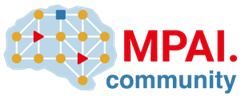
MPAI Community
Stay tune to hear more about the process of the community.
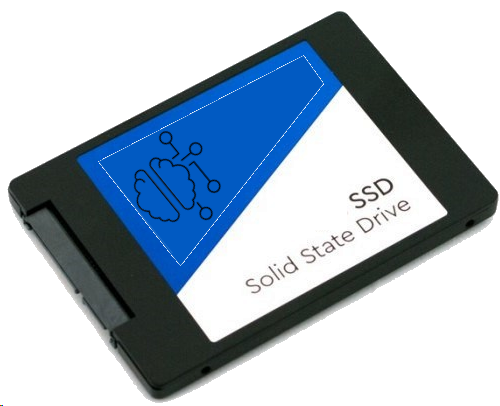
by Anne Menendez | Mar 12, 2020 | Corporate News |
General Vision is an advocate of in-storage analytics which will bring more security and lower power consumption by eliminating the need to transfer datasets back and forth between their location of storage and servers doing cloud analytics. We believe that NeuroMem chips are enablers for the integration of analytics inside solid state storage and are pleased to announce that our patent labeled “Cognitive Storage Device” is not published and pending issuance.

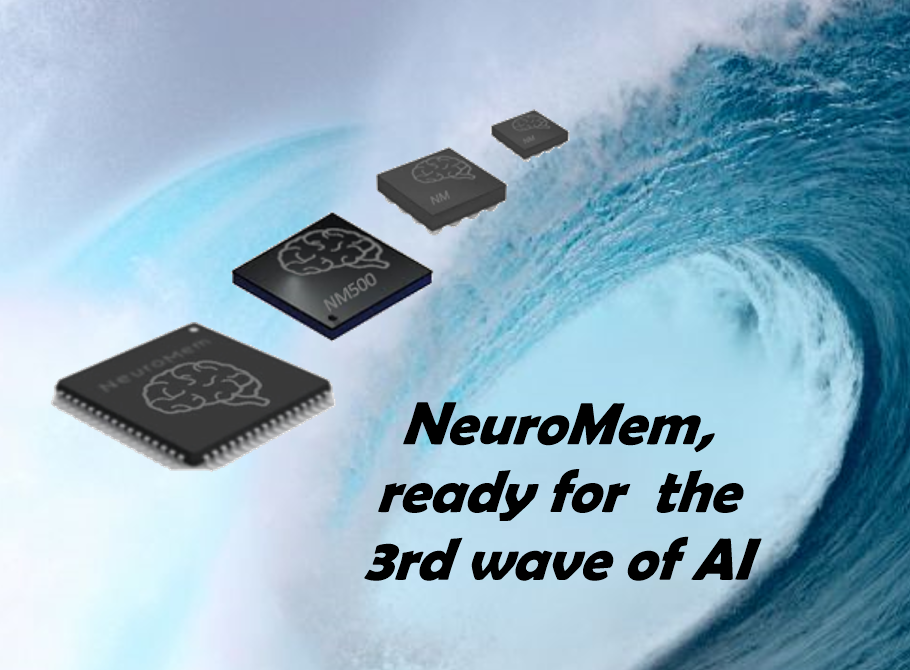
by Anne Menendez | May 15, 2019 | Corporate News |
In today’s landscape of Artificial Intelligence, Deep Learning and its numerous inference engines are monopolizing the front stage, but other technologies have essential benefits such as field training and real-time adaptivity, novelty detection, learning causality and traceability.
Among them, the NeuroMem NM500 chip is a digital neural network chip capable of intrinsic learning and recognition of patterns derived from multimedia such as images and sounds, but also instruments, text and other data types. Manufactured by nepes (Korea) under a license from General Vision, the NM500 features 576 neurons which can be trained on small datasets and cleverly tuned to deliver the best compromise between throughput and accuracy for a given application. For example, one may prefer to train a NeuroMem network acknowledging when it is uncertain or even ignorant rather than guessing or reporting a “closest” match which can still be quite far. This is made possible when the neurons are used as a Radial Basis Function classifier, and not as the commonly known K-Nearest Neighbor. It is this notion of ignorance and uncertainty which can trigger the intelligent decision to learn more or to have the wise recourse to another opinion. By combining multiple NeuroMem networks (or experts) trained differently on the same subject, accurate decisions can be made taking advantage of their complementarity or their domains of mutual exclusivity.
To experiment with NeuroMem networks, General Vision’s NeuroMem Knowledge Builder is a simple framework to train and test the neurons on your datasets while producing rich diagnostics. The company also offers simple APIs and tools for generic pattern recognition as well as image recognition. They all integrate a cycle accurate simulation of 8000 neurons and can also interface to a hardware NeuroMem network such as the Brilliant USB dongle (2304 neurons), the Arduino-compatible NeuroShield board (576 neurons) with expandable network capacity, and soon a cognitive SSD with high speed throughput and high network capacity. In addition to the NM500 chip, NeuroMem is available as an IP core for FPGAs from Xilinx, Altera and Lattice and also for licensing.
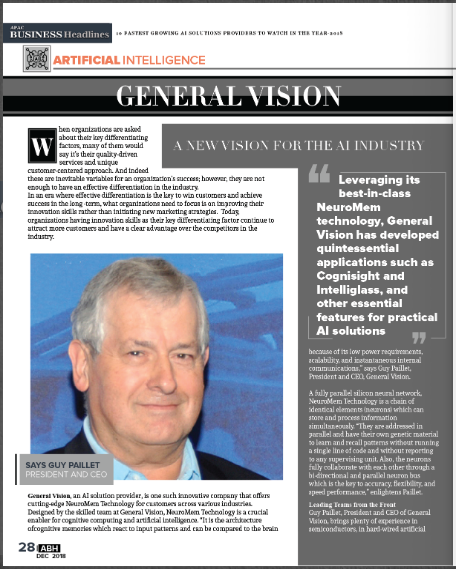
by Guy Paillet | Dec 1, 2018 | Corporate News |
General Vision has developped quintessential applications such as CogniSight engines, IntelliGlass and Cognitive SSD for practical AI solutions. Read more >>
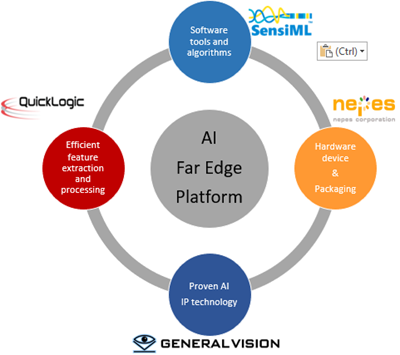
by Anne Menendez | May 8, 2018 | Corporate News |
General Vision was invited to participate to a webcast organized by QuickLogic on a new AI Ecosystem targeting end points. Indeed, with the advent of Industry 4.0 and the proliferation of IoT, there is a need to make devices that process sensor data and make decisions locally. Traditional machine learning algorithms are too memory and power hungry to migrate AI to endpoints with constrained battery life. This calls for NeuroMem neurons with zero latency, low power, low cost and easy to train.
Among the participants were nepes, manufacturer of the NeuroMem NM500 chip, and SensiML, developer of smart sensor algorithms. During his speech, Guy Paillet, CEO of General Vision, emphasized the synergy between the NeuroMem trainable neurons and eFPGAs to design ultra low-power and adaptive search engines. QuickLogic introduced their Quick AI HDK platform integrating their EOS SOC and a network of 2 NM500 chips.

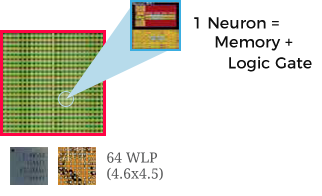
by Anne Menendez | Dec 21, 2017 | Corporate News |
Nepes AI, a business unit of nepes (South Korea), launches the NM500 chip, the smallest neuromorphic IC available on the market and featuring no less than a NeuroMem neural network with 576 neurons. The chip can be integrated into sensors and IOT platforms to deploy pattern learning and recognition at the edge. Conveniently packaged in a wafer scale package, the chip delivers 120,000 pattern recognitions per second for less than 125 mW. Early adopters can put the neurons into use immediately with nepes’ NeuroShield module interfacing to the low-cost Arduino microcontroller boards through SPI.
Visit Nepes AI website.
View Nepes AI video demos









